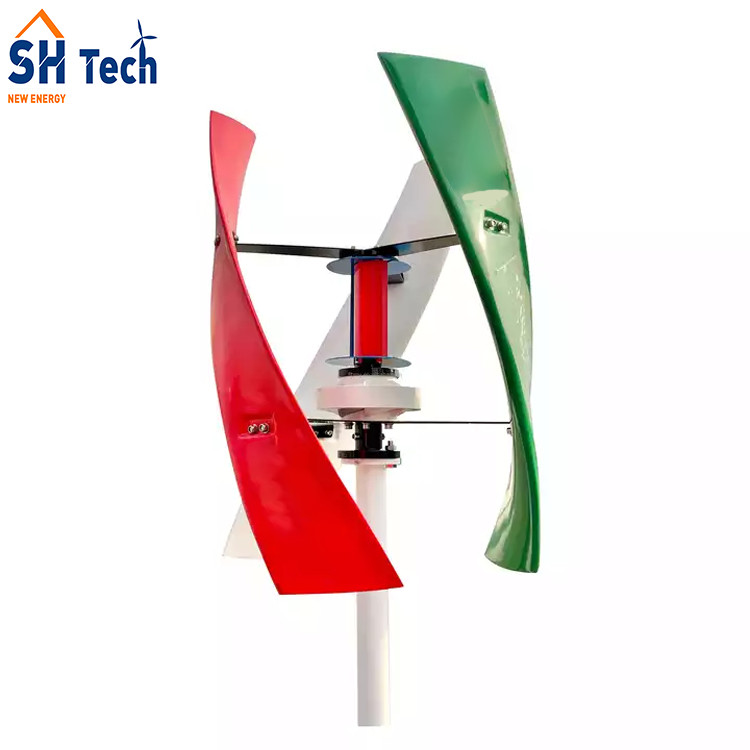By Thomas Ricker , a deputy editor and Verge co-founder with a passion for human-centric cities, e-bikes, and life as a digital nomad. He’s been a tech journalist for almost 20 years.
If you buy something from a Verge link, Vox Media may earn a commission. See our ethics statement. Commercial Solar Panels

It doesn’t matter if you own a house or rent an apartment — EcoFlow now has a home solar solution for you with its PowerStream and PowerOcean systems. Both are designed to lower your energy costs while providing emergency backup power when the grid fails — which is increasingly common as climate change fuels violent weather.
The only catch is that these are Europe-only solutions — for now — because EcoFlow has already addressed the US market.
PowerStream is billed as “the world’s first balcony solar system with a portable battery” which was true up until Anker announced its own competitor last night. Balcony solar has been a bit of a trend in Europe as everyone — whether they own their home or not — started installing solar panels to fend off skyrocketing energy costs. PowerStream is EcoFlow’s entry-level DIY solar independence kit for anyone that rents or lives in an apartment without a rooftop to cover in fixed panels. I’m currently testing one in my own home (review coming!).
Spoiler: it’s plug-and-play making it ridiculously easy to install.
At the heart of the PowerStream system is the microinverter that can be connected to up to 800W of lightweight solar panels. Those panels can be attached to your balcony railings or left standing on a flat terrace or garden — EcoFlow provides all the necessary mounts. The solar panels then connect to the microinverter through a closed window with the help of a flat cable that should help most people avoid any drilling. Plug the microinverter into a standard wall outlet (no messing around with the breaker panel), and the sun’s energy is converted from DC to AC and redirected to your household appliances, with any excess being fed into an EcoFlow Power Station battery. No battery? No problem, the microinverter will just feed all available power into your home to help reduce your energy bill.
If you already own an EcoFlow solar generator like the Delta Pro for your RV, campsite, or off-grid cabin, then the PowerStream microinverter is what you buy next from the EcoFlow ecosystem to maximize your energy collector’s use when you return home. However, unlike PowerOcean, which requires professional installation, the PowerStream system does not automatically provide battery backup to the home in the event of a power failure. But you can still use your portable battery to power AC devices like a refrigerator when the time comes.
PowerOcean is EcoFlow’s more capable (ocean > stream) three-phase solar backup solution designed to give homeowners energy independence. It’s essentially EcoFlow’s more expandable version of the Tesla Powerwall. As such, it can be configured with one 5kWh LFP battery or up to nine for a total of 45kWh capacity. That’s enough to keep an average US home powered for a few days or just your essential appliances for much longer.
Besides the batteries, the other main component of the PowerOcean system is the Hybrid Inverter with an output of up to 10kW to power almost any single-phase appliance, as well as three-phase appliances like electric stoves and water pumps. EcoFlow says that automatic switching during grid failures is so fast that “users will hardly notice that the power has gone out.”
EcoFlow also has a PowerOcean DC Fit variation that lets you easily retrofit up to 15kWh of batteries into existing home solar installations.
The PowerOcean system is IP65 rated (protected from dust and jets of water), and the batteries are auto-heated allowing them to work in freezing temperatures. That makes the kit suitable for installation on an outdoor wall, for example, so long as there is an eave to offer basic protection from the sun and rain.
EcoFlow says that the PowerOcean’s “wiring-free battery installation” can be done in 10 minutes and features an “ultra-fast three-step commissioning process.” Nevertheless, it does require a professional installer, unlike its simpler PowerStream system.
PowerStream is initially targeted at European residents, with prices starting at €369 for just the microinverter and a pair of Matter-capable smart plugs that help direct where all that solar power goes. The price jumps to €1,011 to add two rigid 400W panels and then €2,661 to add 2kWh of battery storage. EcoFlow puts the maximum amount of electricity provided by the PowerStream annually at around 1039kWh, which would save Europeans about €415 each year in ideal conditions that don’t exist in the real world.
Pricing for the EcoFlow PowerOcean will vary widely by housing type — as such, EcoFlow’s not willing to provide an estimate. The company says that it will likely cost slightly more than the less sophisticated PowerOcean DC Fit since it has more components and functions. The PowerOcean is initially limited to Germany, while the PowerOcean DC Fit is targeting all of Europe — both will be available starting today after signing up on the EcoFlow website for a tailored product and installation plan.
/ Sign up for Verge Deals to get deals on products we've tested sent to your inbox daily.
The Verge is a vox media network

Grid Tie Inverter © 2023 Vox Media, LLC. All Rights Reserved